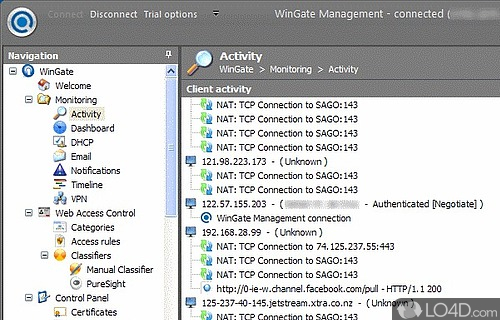

The current IPv4 Internet routing infrastructure is a combination of both flat and hierarchical routing. The growth of the Internet and the ability of Internet backbone routers to maintain large routing tables.īecause of the way in which IPv4 network identifiers (IDs) have been and are currently allocated, there are regularly over 70,000 routes in the routing tables of Internet backbone routers.

NATs can also create problems when they connect two organizations that use the private address space.Īdditionally, the increasing prominence of Internet-connected devices and appliances means that the public IPv4 address space will eventually be used up. While NATs promote reuse of the private address space, they do not support standards-based network layer security or the correct mapping of all higher layer protocols. As a result, some organizations are forced to use a network address translator (NAT) to map multiple private addresses to a single public IP address. IPv4 addresses have become relatively scarce. The recent exponential growth of the Internet and the lack of IPv4 address spaces. However, the initial design did not anticipate the following variables: IPv4 has proven to be robust, easily implemented and interoperable, and has stood the test of scaling an inter-network to a global utility the size of today's Internet. The current version of IP (which is known as IP version 4 or IPv4) has not been substantially changed since RFC 791 was published in 1981.
#HOW TO INSTALL VIRUS USING IP ADDRESS HOW TO#
This article describes how to install and configure IP version 6 (IPv6) in a Microsoft Windows Server 2003 Enterprise Edition environment.Īpplies to: Windows Server 2003 Original KB number: 325449 Summary


 0 kommentar(er)
0 kommentar(er)
